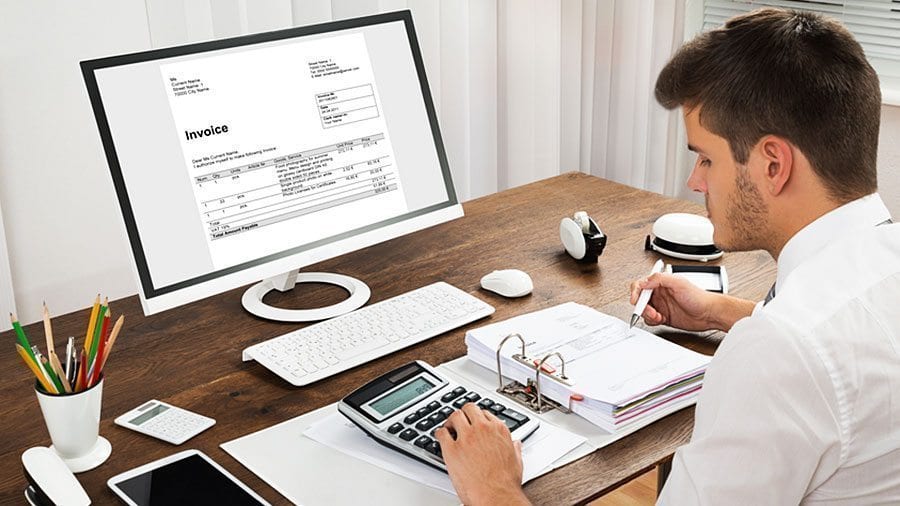The first report of a full double-entry accounting system is from the Republic of Genoa in 1340. This system contained all the fundamental elements of modern-day double-entry bookkeeping, which includes the carrying of balances forward from the previous year, as well as each entry in the books having a secondary entry that corresponds to a different, but corresponding account. Learning this system helped the Republic of Genoa’s banking industry flourish, and learning it today can help your accounting career bloom as well.
While double-entry bookkeeping has a long and rich history, its principles are still as important today as they were hundreds of years ago. Even today, it’s still the industry standard for bookkeeping and accounting practices. As a result, learning double-entry bookkeeping is an important part of any accounting training, alongside more modern skills like learning how to use cutting-edge computer programs.
If you’re interested in a career in accounting, continue reading to learn more about the fundamentals of double-entry bookkeeping.
Double-Entry Bookkeeping Uses Debit and Credit
As you begin your accounting training, you’ll soon learn about debit and credit, as well as how they’re an important part of double-entry bookkeeping. Double-entry bookkeeping got its name because of the way all inputs to accounts are entered. In double-entry bookkeeping, all transactions are entered twice: once as a debit and once a credit. Debits are usually placed on the left, while credits are on the right. Generally speaking, debits increase asset accounts, while credits decrease assets. On the other hand, debits decrease equity or liabilities, while credits do the opposite. If it sounds a bit complicated now, don’t worry. At any college like Academy of Learning Career College (AOLCC), friendly instructors are there to answer any of your questions to make sure that you’re more than ready to begin your career after graduation.

After sending an invoice, make sure to credit the sales account and debit accounts receivable
The Golden Rule of Accounting Governs Double-Entry Bookkeeping
Where credits and debits are placed on the accounting file stems from one of the golden rules of accounting, which is: assets = liabilities + equity. That rule essentially refers to a company’s assets, or the total worth of a company (cash, inventory, land, accounts receivable, etc) being the sum of all the money owed plus the difference between the assets and the liabilities. The reason this rule is important is that when accounting professionals record a transaction, each side of this equation will always be affected, and both sides of this equation will always balance. One example is the purchase of furniture. When a company purchases a couch for cash, one asset increases (furniture) while another decrease (cash), rendering the equation once again equal. When a company borrows money from a lender, one asset increases (cash) while a liability does as well (money owed), and so once again the books balance through double-entry bookkeeping.
Accounts Receivable can get Tricky
When your employer sells services on credit, meaning they do a job or sell merchandise that they will be paid for later, how do you go about recording this and in what accounts? Usually, your employer will give the company it sells to an invoice. Graduates from accounting schools know that recording accounts receivable must be done by crediting one account—the sales account—and debiting another, which is the accounts receivable account. When the customer pays the invoice, you would debit the cash account and credit the accounts receivable account.
Contact an advisor today to find out more.






